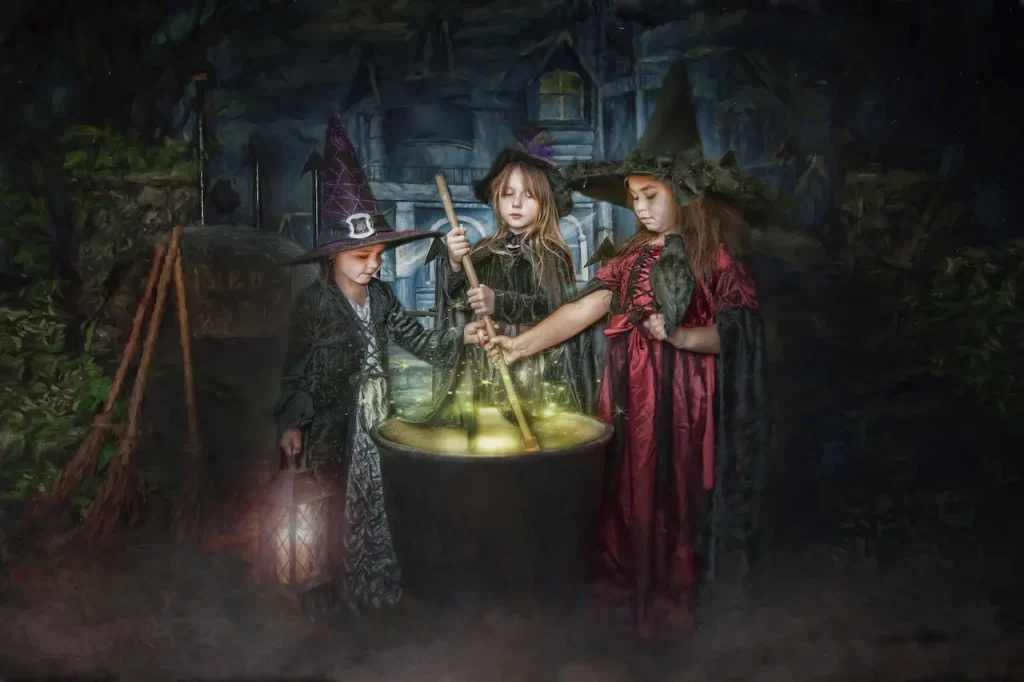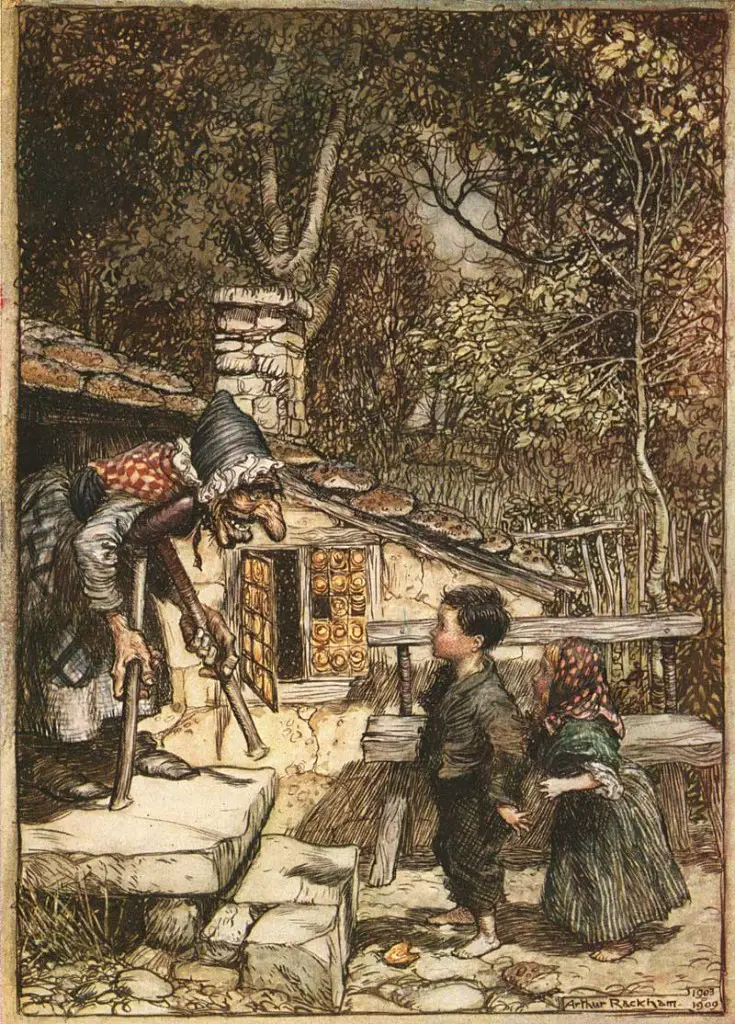What Eats Children?
Categories
- Accipitridae (1)
- Acrididae (1)
- Algae (2)
- Alligatoridae (1)
- Amoebidae (1)
- Amphibians (3)
- Anatidae (1)
- Anguillidae (1)
- Arachnids (2)
- Bears (2)
- Big Cats (3)
- Birds (13)
- Bovidae (5)
- Bufonidae (1)
- Camelids (1)
- Cameras (1)
- Canines (13)
- Caridea (1)
- Carnivora (10)
- Castoridae (1)
- Cats (5)
- Cebidae (1)
- Cephalopod (1)
- Cervidae (2)
- Cetacean (1)
- Chondrichthyes (1)
- Crocodilia (2)
- Crustaceans (4)
- Culicidae (1)
- Cyaneidae (1)
- Dasypodidae (1)
- Dasyurids (1)
- Deer (1)
- Delphinidae (1)
- Desktop (1)
- Didelphidae (1)
- Dinosaurs (1)
- Dogs (13)
- Dolphins (2)
- Echinoderms (1)
- Education (10)
- Elephantidae (1)
- Equine (1)
- Erethizontidae (1)
- Erinaceidae (1)
- Farming (1)
- Felidae (5)
- Fish (5)
- Food Chain (31)
- Food Web (2)
- Formicidae (1)
- Frugivore (1)
- Gaming (1)
- Gastropods (1)
- Giraffids (1)
- Great Apes (2)
- Health Conditions (3)
- Herbivore (4)
- Hi-Fi (1)
- Hippopotamidae (1)
- Hominidae (1)
- Insects (10)
- Invertebrates (2)
- Keyboards (1)
- Laptops (1)
- Leporidae (1)
- Mammals (23)
- Marsupials (4)
- Mephitidae (1)
- Microchiroptera (1)
- Mollusks (2)
- Mongoose (1)
- Muridae (1)
- Nocturnal Animals (1)
- Odobenidae (1)
- Omnivore (2)
- Phasianidae (1)
- Phocidae (1)
- Plankton (1)
- Plants (2)
- Primate (1)
- Ranidae (1)
- Reptiles (7)
- Rhinocerotidae (1)
- Rodents (5)
- Salamandridae (1)
- Scarabaeidae (1)
- Sciuridae (2)
- Sharks (1)
- Shellfish (1)
- Sound (1)
- Spheniscidae (1)
- Suidae (1)
- Superfamily Papilionoidea (1)
- Theraphosidae (1)
- What Eats (5)
Like every other species on earth, we humans are all part of a food web. Fortunately for us, we occupy the very center of that food web, which means that, while we ourselves eat many kinds of vegetables, fruits, and animals, very few other living things view us as something good to eat.
So, what does eat kids? In the Grimms fairy tale, Hansel and Gretel, a wicked witch eats children—or at least, she tries to. In the end, the brother and sister outsmart the old hag and avoid being eaten.
Aside from wicked, cannibalistic witches—which, of course, don’t exist—the only other creatures that ever make a meal of people, either children or adults, are big sharks and other large apex predators. But, it is important to know that this is very rare—even the largest, strongest animals in the world have much more to fear from humans than we have to fear from them.
Table of Contents
Toggle
What Eats Children
What Really Eats Children?
What eats kids? While morbid, the question comes from a natural curiosity to know what threats are in the world. It is natural for parents and caregivers to want to keep their children safe. Looking at potential dangers can help us better safeguard young ones.
It is important to avoid sensationalizing or exaggerating risks when discussing this topic. While accidents are possible, the majority of threats to children can be prevented with the right precautions. Parents can help their children stay safe by learning the main risks and taking reasonable precautions.
When examining what could prey on young humans, disease, household accidents and natural disasters are the most common dangers. Animal attacks can also be a threat.
Adults can mitigate these threats by understanding them, without having to dwell on unlikely and exaggerated doomsday scenarios. Overall risks are extremely low with awareness and reasonable precautions.
Disease
The threat of illness to the safety of children is one that affects them all over the world. Malaria, pneumonia, rotavirus and other diseases affect children disproportionately in developing countries because of factors such as malnutrition and poor sanitation.
More than half of all deaths in children under the age of five are caused by such conditions. Children can be at risk of illness in developed countries if it is not treated properly. Infections bacterial and viral can spread quickly in young immune systems.
Emergency care is often required for high fevers, breathing problems, and seizures. Unchecked, some childhood illnesses can cause serious harm or even death. With timely treatment and responsible prevention, most diseases are not dangerous.
Vaccination and regular checkups can help reduce the risk of illness. To protect their children, parents need only to follow the standard medical advice.
Parents cannot predict exotic risks, but a lack of basic health care is the primary cause of serious health problems. Simple prevention guidelines make sickness very preventable and manageable.
Accidents
Accidental injury is also a major safety concern for children. Every year, too many children die from preventable causes, including traffic accidents, drownings, burns and chokings.
Children, especially toddlers, are not aware of the dangers in their surroundings. The risks are also higher for older children who engage in sports, recreation or other active pursuits.
Taking reasonable precautions to reduce the risk of accidents is important.
Avoiding most tragic accidents is as simple as supervising children’s play, using appropriate equipment, child-proofing your home, learning CPR and ensuring that smoke detectors are working. Accidents may happen, but serious harm is not always the result.
Even when the unexpected happens, attention and care can usually bring about good results.
Natural Disasters
Floods, fires and earthquakes are all environmental catastrophes. They can be unpredictable and unpreventable.
Children can die directly from such disasters or indirectly through disease, lack of food, water and medical assistance. Many parents feel helpless in protecting their children from the fury of nature.
As seen with the 2011 Japanese tsunami, preparedness and caution in emergency response can improve survival rates. By heeding warnings of disaster, preparing evacuation plans and keeping emergency supplies and kits on hand, you can better adapt to a crisis.
Protect all family members including children by following official instructions before, during and after crises. Environmental disasters may be frightening but they don’t always lead to the worst outcomes.
Animal Attacks
Even though they are rare, tragic animal attacks that result in injury or death can be the source of some of the most disturbing “what eats kids?” fears. Jaws scenes and other films that show animals snatching children can cause primal fear.
In reality, animals that kill humans are more likely to attack children because they perceive a threat than because they intend to. Most of these incidents are caused by provoked animals or dire situations, rather than pure predatory hunger.
Males and mothers with their cubs are the most likely to attack, but not because of hunger, but out of self-defense. Crocodiles and other animals such as wolves, tigers or crocodiles will usually avoid humans rather than attack them.
Attacks are often the result of sudden fear, territorial disputes or desperation due to illness or lack food. These situations are difficult to predict and prevent. Irrational fear can be a dangerous thing.
Animal attacks are just as dangerous as lightning strikes, so parents can rest assured. Basic wildlife precautions can easily reduce a risk that is already minimal to the lowest reasonable level.
Predators of children
When you look at the specific dangers of predators, you will find a list of possible culprits. However, all of them can be easily deterred to limit the risk of harm.
Five animals are notable for viewing children as prey in certain circumstances, but attacks on all species remain extremely rare.
Alligators
The main reason these modern dinosaurs are at the top of the list is that their population has recovered, resulting in more human contact. Alligators are dangerous neighbors because of their size, speed and deadly death roll.
Attacks are usually in the water when there is a misidentification or if there is no other food source. Alligators are less likely to attack if parents supervise their children, stay away from infested water, and avoid swimming during the mating season.
Coyotes
Coyotes are increasingly found scavenging in suburban areas as populations grow and habitats shrink. Toddlers are concerned as small pets and animals are becoming food targets.
The majority of threats are caused by curiosity or food attraction, rather than deliberate hunting behavior. Risks can be reduced by accompanying children outside, watching pets, securing garbage, and removing outdoor foods.
Lethal control measures can also be used to manage populations effectively and minimize untoward incidents.
Bears
Bears are rarely known to hunt humans, despite their formidable abilities.
Desperation due to habitat loss, or surprising a mother’s cubs can elicit defensive aggressive behavior. Coexistence is greatly improved by teaching children not to approach wildlife and properly securing food scraps.
Big Cats
When they do, however, lions, tigers and their relatives make headlines. Bear attacks and big cat attacks are similar in that both occur when the animals feel threatened or lack their usual prey.
Zoos, private collections and illegal exotic animals can sometimes be the cause of incidents.
Now, legislation prohibiting ownership and accredited protocols of zoos enforce strict housing and disaster plans to prevent escapes and tragedies. Parents can dismiss the worry that their children will become cat toys.
Large Constrictors
Snakes such as anacondas and boa constrictors have killed small animals due to a mistaken identity, or because of opportunistic impulses. The majority of escapes are due to unreliable captive environments that allow for escape.
This can be prevented by limiting the ownership of exotic pets and ensuring that they are supervised.
In the case of all wildlife, it is best to accompany children and avoid encouraging interaction. By taking basic precautions, parents can focus on more important issues.

At The Witch’s House
Conclusion
When we ask the question “what eats kids?” it reveals that there are a few main threats which can be managed with reasonable care and vigilance.
The common causes of tragedies that worry parents around the world include disease, accidents, nature and rare predatory species. Objective data should be used to guide the response, rather than fostering nightmares by a morbid fascination for bizarre doomsday scenarios.
By calculating the likelihood of a threat and taking basic precautions, you can ensure your child’s safety. Parents do not need to become helicopter guardians in the face of unrealistic movie monster attacks.
They can instead focus on protecting where it is most important, based on actual risks versus imagined ones.
By avoiding information overload, you can focus on the real dangers. Prepare calmly, but do not panic.
For more information on what eats what, and who eats whom in all the food webs of our amazing planet, just type the name of a living thing into one of the two red search boxes on this page—you’ll find one at the top of the page, and another one over to the right. Then press Enter or Return—and have fun reading!
